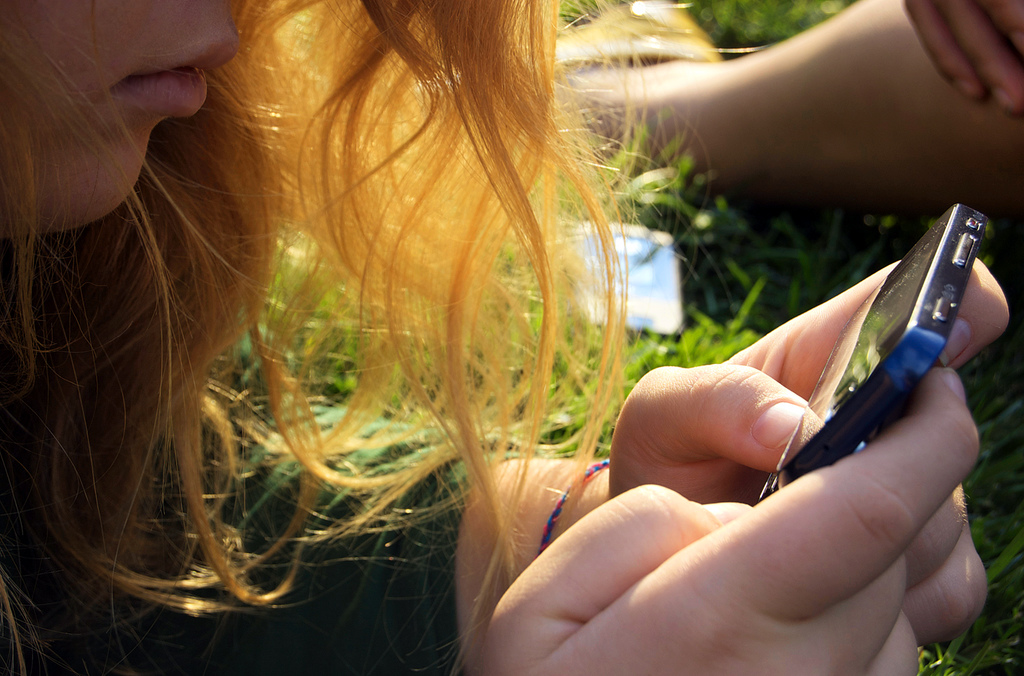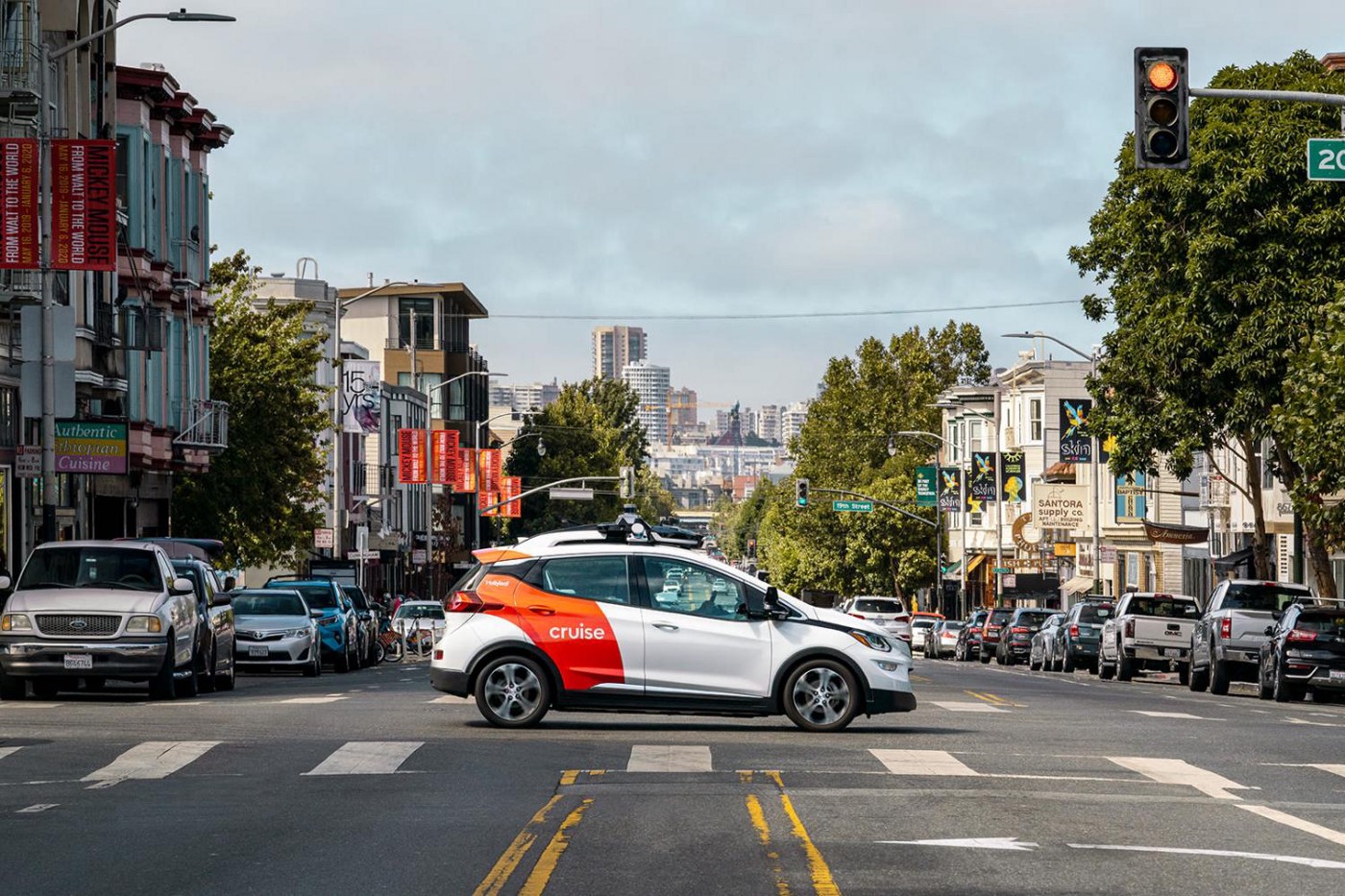In the minds of many, smartphones and narcissism go hand in hand, in pocket. From selfies to social media, mobile technology has become a digital extension of the physical self, or a means through which to carefully curate one’s personality and values. For some, this means mirror shots at the gym, brunch photographs, or vaguely political articles and memes. For others, it’s photos of missionary work, Kickstarter campaigns and philanthropy apps. Almost always, the aim is the same: to promote and enable an identity to be admired. Whether that identity is generous or conceited is up to the choices we make with the power of a million apps at our fingertips.
Where does charity fit into the smartphone experience, and does mobile technology actually encourage people to be more giving? It would be easy to assume that smartphones promote vanity above all else, an argument many have made while sneering at Snapchatting youngsters. Just consider the breadth of tools dedicated to selfies, the weight of likes and upvotes, and the shallow mentality of viral news trends.
At the same time, smartphones make donating easier than ever, to more causes than ever. This ability has been wildly impactful, if not only because the availability and simplicity of the tools that enable it.
The truth is complex — a little of this, a little of that, and a lot of speculation. It may just be that humans are both more charitable and more self-absorbed, and that the two aren’t mutually exclusive. It may just be that the effects of smartphone ubiquity can steer us toward a greater good.
Cell phones and selfishness
We all can picture the stereotype of a grumpy teenager texting at the dinner table, oblivious to both conversation and food. This negative image isn’t completely without warrant: studies have shown that those that spent more time with smartphones were less socially minded. They are also less inclined to volunteer for community service compared to those without their noses in screens. The feeling of connectivity a phone provides, in theory, may in the moment feel like enough to replace physical connection. And so, when we’re digitally connected to our closest friends and family, the impulse to engage with or help outsiders diminishes. We remain glued to Instagram, instead of donating gifts to homeless shelters or building schools for kids.
This effect is called “virtual distance” by some analysts, and it has measurable impacts. The greater the distance, researchers have found, the more separated we become from those around us. We are less inclined to share our ideas, especially in the workplace. Smartphone usage also may prevent us from engaging with and helping others, whether out of distrust or isolation.

Photo: Brandon Warren via Flickr.
The point is, when technology is used as a default for human relations, it can be harmful to their ability to produce real-world benefits. The key is to step back from the digital distance and re-engage with the world, including strangers. For children growing up in the golden age of smartphones, this may be more difficult task than it is for today’s adults, who grew up in a less tech-driven era.
Because mobile apps let users create their own worlds with like-minded individuals and friends, people have a tendency to become more insular in their beliefs and interests. Within a carefully curated social group, there is little room for discovery or new ideas. This can make people less empathetic, and block access to new social causes. While the availability to expand our minds and hearts is greater with smartphones, there’s also just enough information to reinforce complacency.
That’s not to mention the instant gratification of smartphones, which can breed mindsets unwilling to embark on new and potentially difficult journeys without immediate returns. The ease of mobile technology makes delaying gratification harder; the gratification of charity, in comparison to a tangibility of a Seamless delivery, appears more abstract in value.
Whatever the cause, interest in volunteering and charity has seen a precipitous decline in America. Volunteering hit its lowest rate in a decade in 2013.
The case for mobile charity
Every factor that might contribute to a perceived selfishness and detachment among smartphone users can also be used to the benefit of charities worldwide. The trick is in the delivery and expression.
Giving is a social act. Mobile technology can fuel anti-social behavior, as detailed above, but in the digital realm it begets a whole new type of social behavior: social media. Online networks can have enormous reach, and facilitate the constant sharing of thoughts, ideas, and content. When this content is philanthropic in nature, the reach alone can prompt awareness and drive donation.

Researchers say there are three reasons people give: one, because they want to; two, because they think it’s valuable to do so; and three, as a form of showing off. The third reason is a significant one when it comes to mobile donation, which has in many ways become a form of social performance. Think of the ALS Icebox Challenge, which had participants pour icy water on their heads, or the no-makeup selfies for cancer awareness. Neither explicitly required donation, but both raised huge funds along with stroking the egos of the people that jumped on the bandwagon.
Instant gratification works in the favor of charity, too — mobile technology makes donating as easy as one or two taps. When Facebook implemented a “Donate Now” button for nonprofit pages, they positioned themselves to become a hub for online fundraising. Mobile-responsive crowd-funding also lets users get involved in peer-to-peer donation projects. These easy social options have been hugely successful so far on all digital platforms, including mobile.
Text message donations can also be made by smartphone owners — for example, in 2012, the Red Cross launched a donate-by-text initiative, generating $46 million in relief funds after a deadly earthquake in Haiti. Now, there are various SMS processes and campaigns people can use to text pre-set micro-donations to different causes.
Lastly, mobile technology opens completely innovative ways for people to donate to causes that catch their interest. Mobile app Instead let users make small donations in lieu of daily expenses like coffee; One Today showcases a different cause every day; and Tinbox donates money from corporate sponsors in exchange for ad placement on your phone.
What’s the verdict?
By numbers alone, people are more charitable than ever. As the planet’s overall wealth amasses and spending increases, statistically more of this money goes to charitable causes (every year, more of these are made on mobile phones.) Americans give about 3 percent of their income to charity, and this figure has not changed in the decades before or after the smartphone’s rise.
Generally speaking, then, it’s rather dubious to claim that smartphones have changed our charitable virtues for better or worse. More accurately, they have changed not what we do, but how we do it. It just so happens that smartphones have the ability to amplify our actions ad infinitum.
That’s not to say that mobile technology doesn’t have its pitfalls in terms of the behavior it can bring out in users. It sometimes seems as if people have traded in working to help their actual communities in favor of their digital ones, at a loss to psychical spaces in need of extra hands. I think that we should all be careful to engage more with real people and their needs than we do with front-facing camera phones — this said, there is a lot of value behind screens in terms of reach and convenience.
Nonprofits should definitely lean into mobile donations and campaigns that jive with what’s shown to drive progress. It’s simple: Make it a selfie. Make it instant. Make it social. Heck, make it a game. These are the new vehicles of charity — and though may never replace soup kitchen style volunteering, they do work. We can only keep faith that the desire to give back remains part of the human DNA, not to be overwritten by iPhone coding.
Featured image: Jon Fingas via Flickr.





